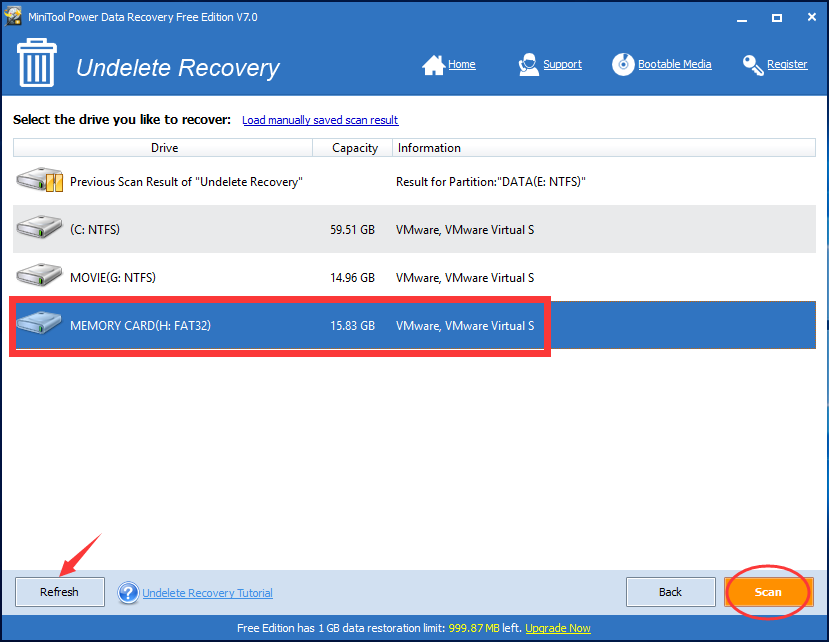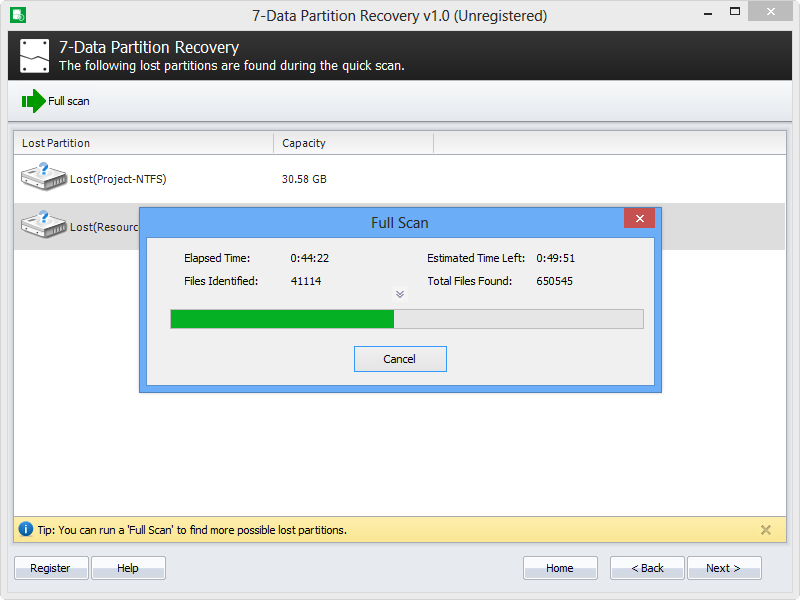

Some societies use Oxford Academic personal accounts to provide access to their members. If you do not have a society account or have forgotten your username or password, please contact your society. Do not use an Oxford Academic personal account. When on the society site, please use the credentials provided by that society.If you see ‘Sign in through society site’ in the sign in pane within a journal: Many societies offer single sign-on between the society website and Oxford Academic. Society member access to a journal is achieved in one of the following ways: If you cannot sign in, please contact your librarian. If your institution is not listed or you cannot sign in to your institution’s website, please contact your librarian or administrator.Įnter your library card number to sign in. Following successful sign in, you will be returned to Oxford Academic.When on the institution site, please use the credentials provided by your institution.

Select your institution from the list provided, which will take you to your institution's website to sign in.Click Sign in through your institution.Shibboleth / Open Athens technology is used to provide single sign-on between your institution’s website and Oxford Academic. This authentication occurs automatically, and it is not possible to sign out of an IP authenticated account.Ĭhoose this option to get remote access when outside your institution. Typically, access is provided across an institutional network to a range of IP addresses. If you are a member of an institution with an active account, you may be able to access content in one of the following ways: Get help with access Institutional accessĪccess to content on Oxford Academic is often provided through institutional subscriptions and purchases.

More recent trends focus on collaborations across interest groups. Past debates questioned whether primary emphasis should be on heritage recording or on archaeological research questions. Investigations often range from microscopic analysis of product constituents to large-scale, three-dimensional recording of locations and features with high-resolution laser technologies. All of these perspectives can be pursued with significant advances in research and curation methods. With many sites presenting standing ruins, historians and archaeologists often encounter local stakeholder groups who wish to promote heritage themes and tourism potentials. Many analysts look away from the buildings and equipment of the workplace and focus instead on the workers, their families, residences, lifeways, and health experiences. Others examine comparative questions of changes of technologies over time and space. Some limit their efforts to recording, mapping, and studying the mechanics of a site. Research focused on industrial enterprises traverses a spectrum of perspectives. This book provides an overview of the archaeology of American craft and industrial enterprises, outlines developments in theories, research questions, and interpretative frameworks, and presents case studies from a wide range of subjects. Locations of remarkable energy, tumult, and creativity now stand silent. Archaeologists investigating sites of craft and industrial enterprise often puzzle over a domain of bewildering ruins.


 0 kommentar(er)
0 kommentar(er)
